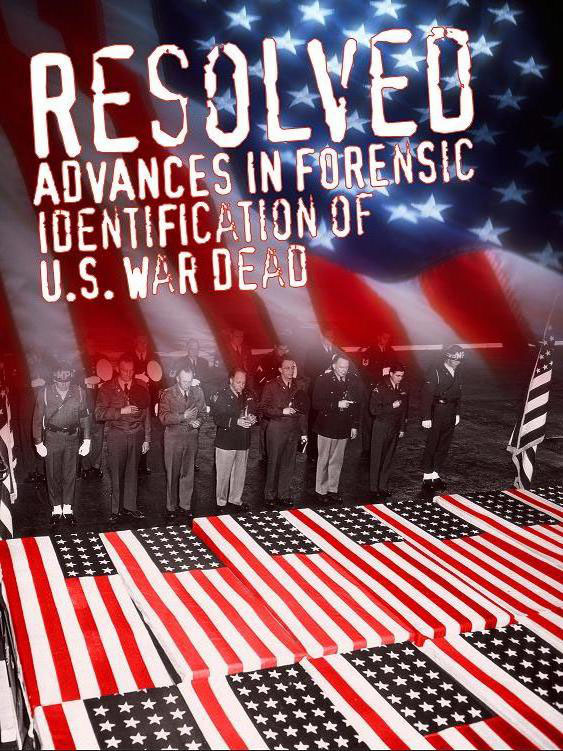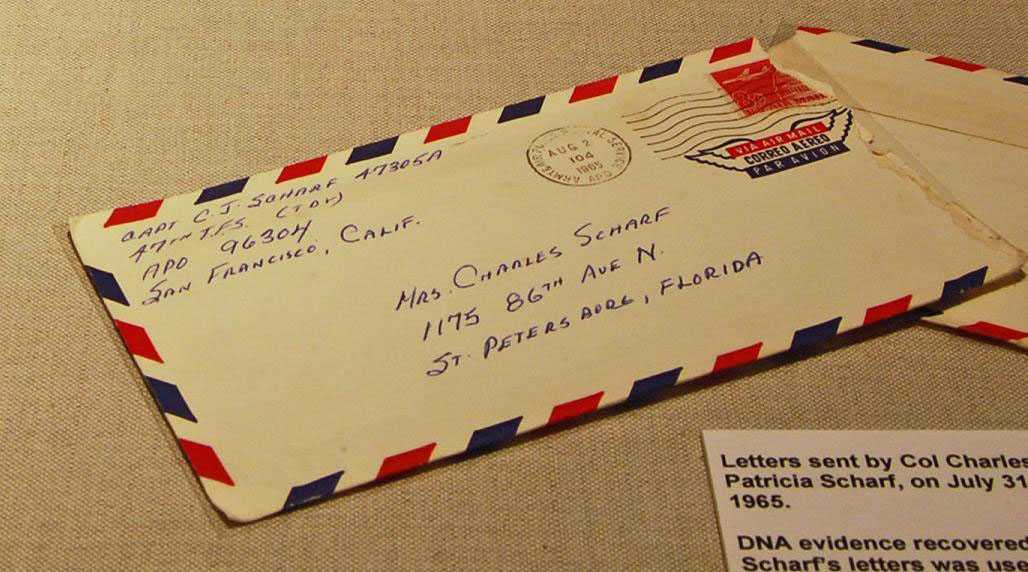Resolved: Advances in Forensic Identification of U.S War Dead
Case Study: Charles J. Scharf
 "Show me the manner in which a nation or community cares for its dead and I will measure with mathematical exactness the tender mercies of its people"
"Show me the manner in which a nation or community cares for its dead and I will measure with mathematical exactness the tender mercies of its people"
— W.E. Gladstone
A RESOLVED Case Study: Colonel Charles J. Scharf
Colonel Charles J. Scharf entered the Air Force in 1954, and in July 1965 he joined the 47th Tactical Fighter Squadron, Ubon, Thailand as an F-4 Aircraft Commander. He logged 160.3 hours of combat missions over Vietnam from August to September 1965 and on October 1, 1965 Scharf was listed as missing in action and continued in that status until January 9, 1978 when he was declared killed in action.
On October 1, 1965, Scharf and his fellow crewmember assumed the lead of three aircraft flying an armed reconnaissance mission over Son La Province, North Vietnam. After completing two bombing runs, their F-4C Phantom II was hit by enemy anti-aircraft fire. The crew of the other aircraft in the area followed the falling debris of Scharf’s plane as it disintegrated and crashed. After circling the area, they located the crash site of Scharf’s aircraft, but detected no evidence of a survivor.
In late 1992, early 1993, and again in 2004, Vietnamese and American teams excavated crash and burial sites believed to be associated with Scharf. Recovery teams located a fragment of bone, a dental prosthesis, and material evidence, including Scharf’s identification tags, pilot-related life-support artifacts, and a metal Captain’s insignia.
Scientific analysis of the dental prosthesis found by the recovery teams at the crash site matched Scharf’s antemortem dental records and radiographs.
In 1995, a sample of bone was taken from the recovered remains and sent to Armed Forces DNA Identification Laboratory (AFDIL) for analysis. An mtDNA sequence was obtained from the single bone fragment recovered at the crash site, but it did not match a maternal reference sample submitted by a relative of Col Scharf.
AFDIL investigated further and in 2006 sought an alternate reference sample. Scharf’s widow Patricia Scharf contributed a number of envelopes containing personal letters written by him and sent to Patricia during the war. AFDIL specialists extracted mtDNA from the adhesive on the envelopes and reported that mtDNA sequenced from the bone fragment recovered from the crash site matched mtDNA obtained from the envelopes.
JPAC confirmed the identification of Col Charles J. Scharf in 2006. Scharf was interred with full military honors at Arlington National Cemetery on November 30, 2006.
About Forensic DNA Analysis
Forensic DNA analysis is a powerful tool for identifying and differentiating one human being from another. Since the early 1990s with the introduction of the Armed Forces DNA Identification Laboratory, personal identification of service members based on DNA analyses has increased significantly. DNA is especially important when traditional scientific methods such as fingerprinting and dental identification have been exhausted. DNA analyses are also crucial in the separation and reassociation of commingled remains from mass fatality incidents, such as transportation accidents and acts of terrorism.
About RESOLVED
Before the Civil War, the United States had no national policy or program prepared to deal with the identification of war dead. Many service members remained unidentified, buried in nameless graves across the nation’s landscape. This experience gave rise to the military’s current responsibility to identify those who died while in service to this country.
RESOLVED highlights the underlying forensic sciences that have evolved in fulfilling this nation’s commitment to the identification and commemoration of the U.S. service member.
This exhibition presents the six lines of evidence critical to the positive identification of a deceased service member. The sequence -- starting with Material Evidence, then Fingerprinting, Dentistry, Anthropology, Pathology, and DNA – reflect the real-world process that a service member’s remains follow at the mortuary, leading to a scientific identification.





